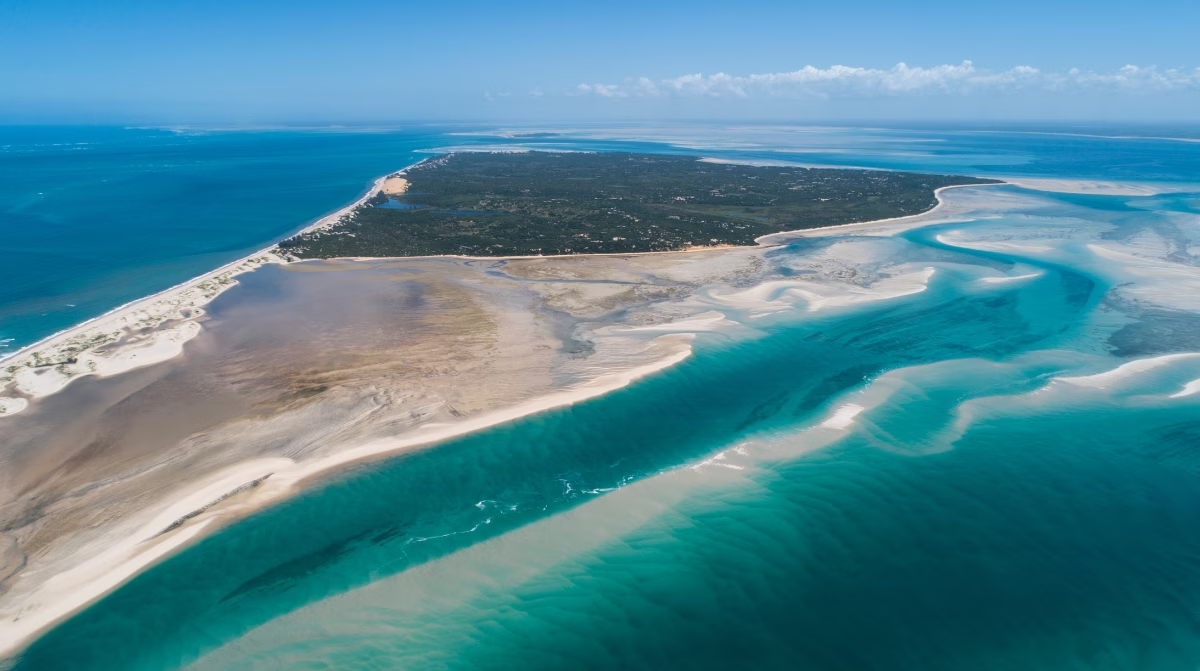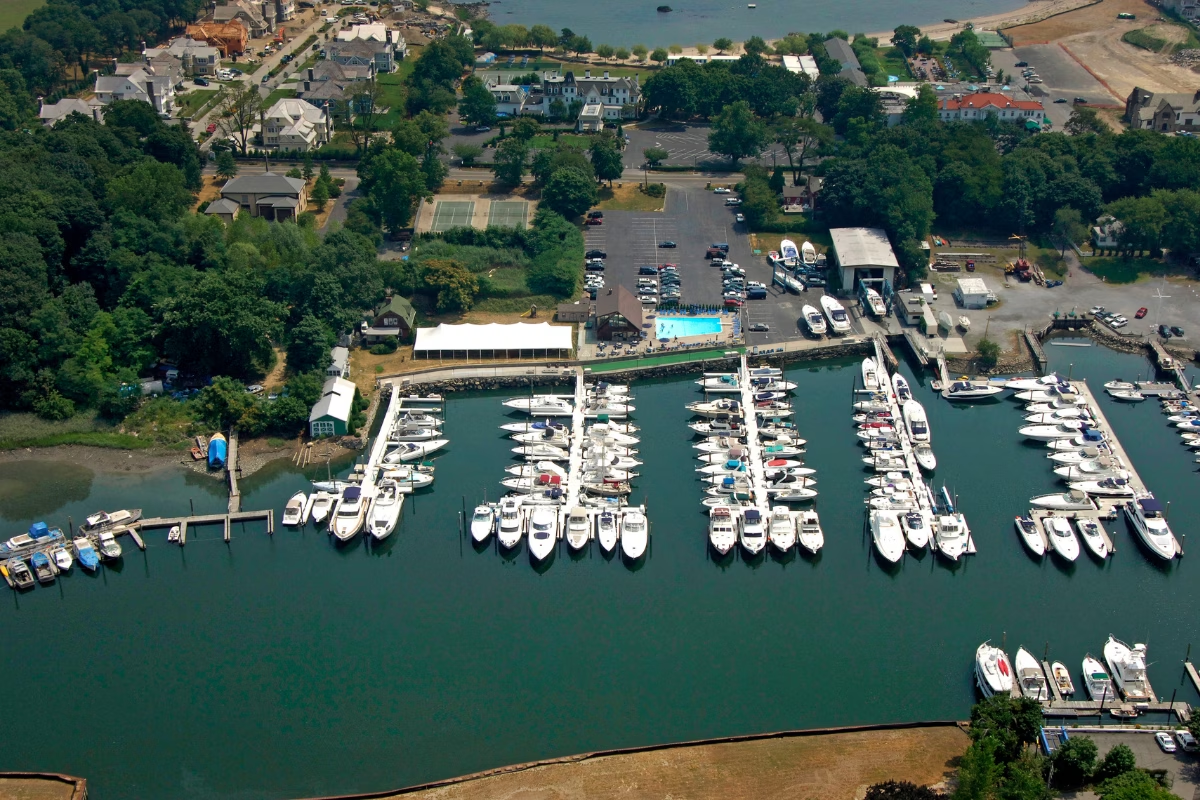Hong Kong has long been regarded as the region’s historic superyacht hub, combining a deep-rooted maritime culture with a strong ownership base, strategic location and a legacy of established marina facilities. According to the Asia-Pacific Superyacht Report 2025, 78 superyachts were recorded as having passed through Hong Kong, and as of early 2025, 92 superyachts over 30 metres are owned by Hong Kong nationals, 75 of which are based locally.
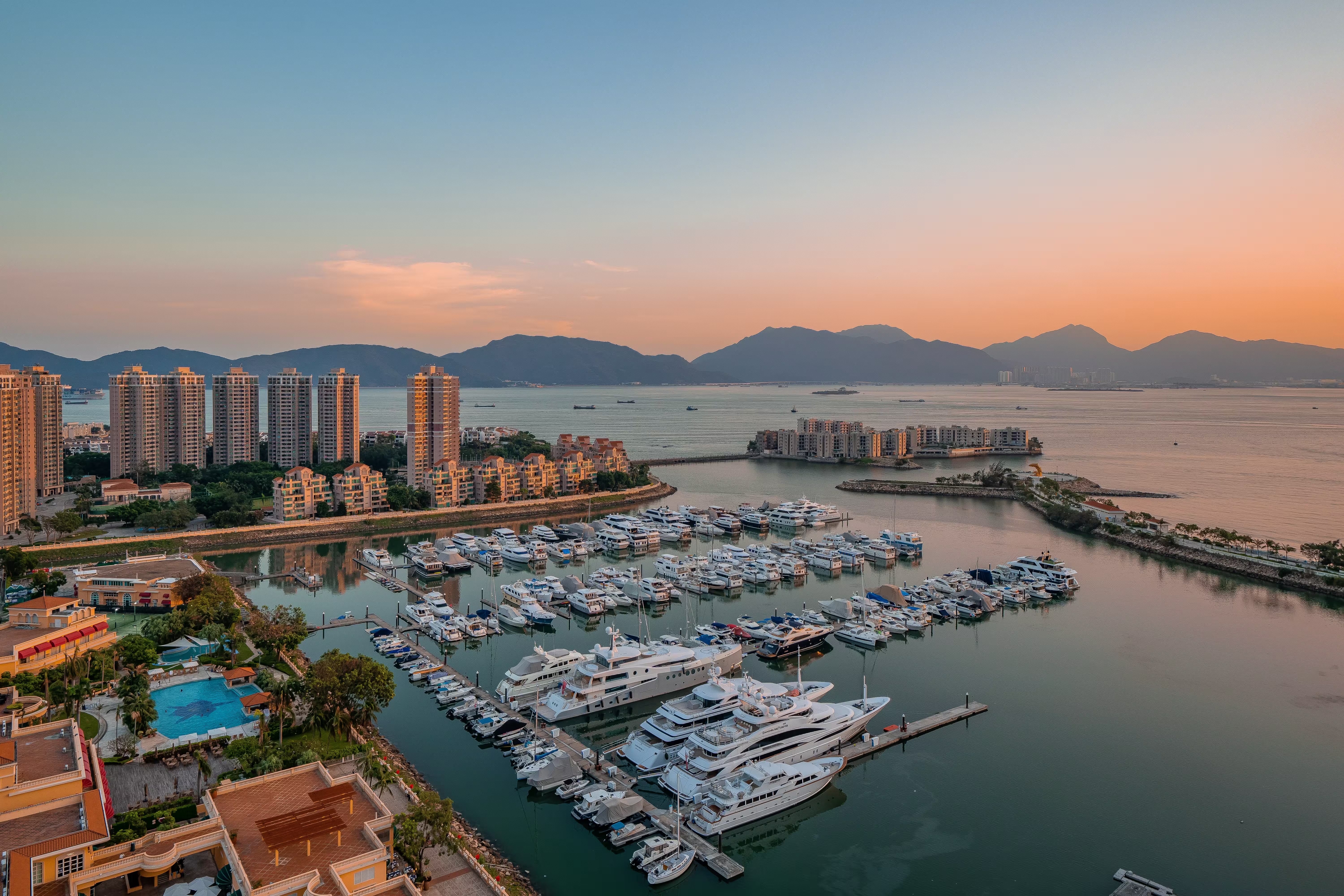
Yet despite these strengths, there is growing consensus among industry stakeholders that Hong Kong’s marina infrastructure is falling behind, particularly when compared to hubs such as Singapore and Thailand. Berths suitable for larger vessels remain limited, regulatory complexity persists and neighbouring regions are making significant investments in their waterfront offerings.
As the race to become Asia’s leading destination for yachting and marine tourism accelerates, Hong Kong is taking a strategic step forward. Four new marina projects are currently proposed or under development, each with the potential to reshape the city’s waterfront and reassert its position in the region’s superyacht landscape.
Assessing Hong Kong’s marina infrastructure and its limitations
Hong Kong is currently home to eleven marinas with facilities to accommodate yachts of various sizes. These include Lantau Yacht Club, Gold Coast Yacht and Country Club, Aberdeen Marina Club, Aberdeen Boat Club, Hebe Haven Yacht Club, Hong Kong Marina, Marina Cove in Sai Kung, and the Royal Hong Kong Yacht Club’s headquarters at Kellett Island. The Club also operates two additional facilities: Shelter Cove in Sai Kung and Middle Island near Deep Water Bay. Clearwater Bay Golf and Country Club also features a private marina with dedicated berthing facilities.
Whilst Hong Kong has several marinas capable of accommodating yachts, limitations for larger vessels remain a key concern. This issue was raised during the first panel, Hong Kong as a Destination, at the Asia-Pacific Superyacht Summit 2025. Joe Yuen, Director of Lodestone Yachts, a company specialising in superyacht shore support services across Hong Kong and South China, explained: “Superyacht facilities are limited. Most of our marinas can accommodate vessels up to around 65-metres. Anything over 70 metres does not really have a place to go. Coupled with licensing challenges, such as restrictions on tender usage and the need for captains to meet local permit requirements to operate within Hong Kong waters, it can be difficult for larger superyachts to anchor and tender in.”
Despite these restrictions, Yuen noted that incremental progress is being made. “Since the first edition of the Asia-Pacific Superyacht Summit in 2024, the local government has begun making minor adjustments to ease some of the regulatory barriers,” he said. “There is now an effort to update local policies in order to attract more visiting superyachts. Both infrastructure and regulatory frameworks need to be addressed to meet the evolving demands and to make Hong Kong a more attractive superyacht destination.”
Lawrence Chow, Chairman of the Hong Kong Boating Industry Association, offered a broader perspective during the panel. He noted that beyond issues of capacity and vessel size, a key structural limitation is the lack of new marina developments over the past two decades. “For the past 20 years, there haven't been any new marinas. We’ve always had the same eleven marinas in Hong Kong,” he said, clarifying that the only exception is Lantau Yacht Club, which underwent a redevelopment but does not constitute a wholly new project.
Chow added that positive developments are now taking place, as the government has begun to recognise the need to address the longstanding lack of investment in marina infrastructure. In response, several new marina development projects have recently been announced, signalling a shift in policy and a renewed focus on strengthening Hong Kong’s position within the regional yachting landscape. Yuen echoed this sentiment during the panel, noting: “I know I’m slowly seeing changes, so we’re positive about the direction we’re going.”
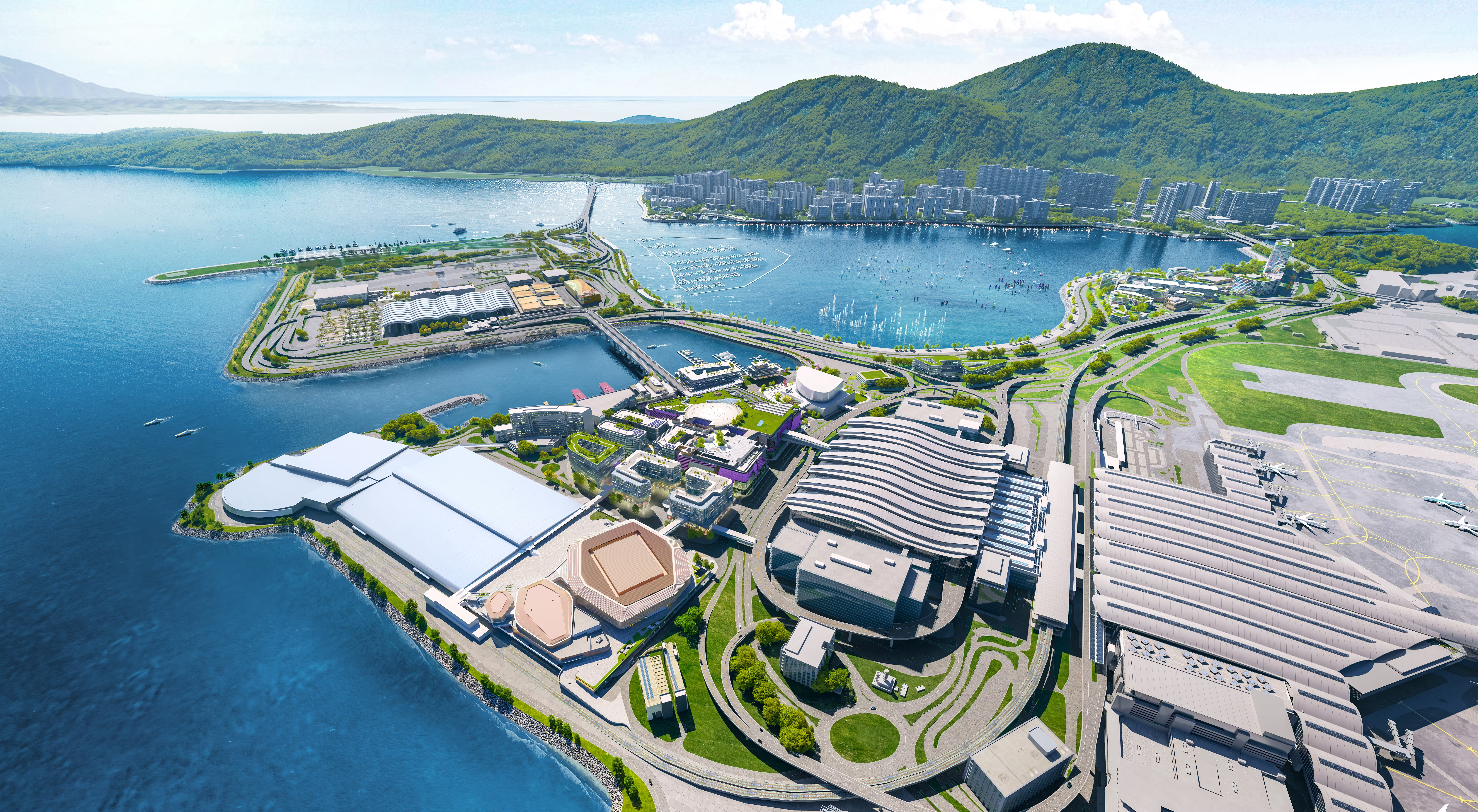
Hong Kong’s new marina projects
Over the past year, four major marina development projects have been announced, marking a significant shift in Hong Kong’s approach to waterfront planning. These initiatives reflect a growing recognition of the need to expand capacity, modernise infrastructure, and strengthen the city’s position as a competitive superyacht destination in Asia.
The four key projects include:
- Skytopia Marina (within Airport City)
Set to become Hong Kong’s largest yacht bay, Airport Bay Marina will feature over 500 berths and play a key role in establishing an air-ocean tourism hub. It will accommodate both visiting yachts and long-term needs, welcoming a diverse range of yachts up to 60-meters in length, along with more than 20 dockside moorings for yachts up to 70-meters and beyond. The SKYTOPIA blueprint integrates the marina with other luxurious experiences, including private jets, art trading, a marine resort, and a luxury hotel, alongside a rich array of attractions, retail options, dining experiences, entertainment, pop culture, and leisure activities. - Hung Hom Waterfront Marina (Victoria Harbour)
Positioned as a “Monaco-style” marina, this project encompasses 14 hectares of land and is set to integrate a marina with hotel and commercial components. The marina itself will occupy a 10-hectare water body and is expected to offer between 150 and 200 berths, accommodating yachts of up to 50-metres in length. Positioned near the city’s urban core, the site has the potential to offer both yachting access and lifestyle appeal in a single, strategically located development. - Aberdeen Typhoon Shelter Expansion
Aberdeen Typhoon Shelter Expansion The Aberdeen project comprises two distinct components: the upgrade of the existing public mooring area, spanning approximately 14 hectares, and the development of a brand-new marina. The proposed marina will feature a 10-hectare water body with capacity for up to 200 berths, designed to accommodate yachts of up to 50 metres in length. - Lamma Island Quarry Marina
Still in the early planning stages, the Lamma Island development aims to transform a disused quarry site into a high-end coastal destination combining low-density residential housing with marine leisure facilities. The proposal covers approximately 20 hectares of land and includes a marina set within a 10-hectare water body. The marina is expected to accommodate between 150 and 200 berths for yachts of up to 50 metres.
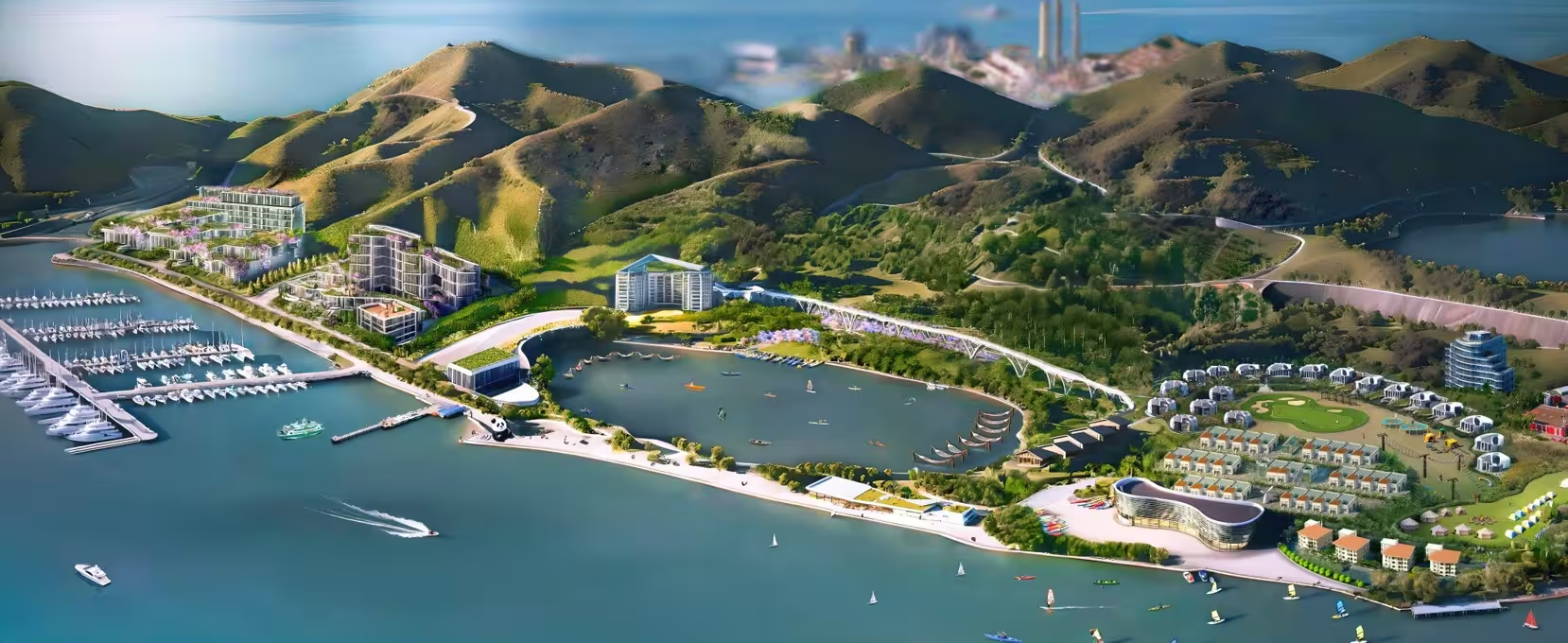
During the Hong Kong as a yachting destination panel, Cissy Chan, Executive Director of Commercial at Airport Authority Hong Kong, explained that the Skytopia Marina project aims to address the shortage of infrastructure for larger yachts, particularly visiting vessels. She highlighted the strategic location of the site, stating that, "We are fortunate to be at a convergence point of sea, land and air. The airport handles around 70 million passengers annually and is directly connected to the Greater Bay Area via the Hong Kong–Zhuhai–Macau Bridge. We also have a 200-hectare water body, which presents a unique opportunity to create the largest marina in Hong Kong. It would serve not only the local market, but also international superyachts."
Expanding on Chan’s remarks, Benjamin Wong, Head of Transport, Logistics and Industrial at InvestHK, elaborated on the wider significance of the remaining marina projects. He explained that the developments at Hung Hom, Aberdeen and Lamma Island each span water bodies of approximately nine to eleven hectares, with their own distinct characteristics.
Wong emphasised that these marinas represent more than just physical infrastructure. “They are expected to stimulate growth across Hong Kong’s broader yachting ecosystem, supporting sectors such as chartering, yacht management, refit and maintenance, insurance, and financing.” He noted that Hung Hom benefits from its prominent location in Victoria Harbour, where the urban skyline and mountain backdrop contribute to its appeal. The Aberdeen project builds on the area’s established maritime presence, home to both the Aberdeen Marina Club and the Aberdeen Boat Club. The Lamma Island proposal is intended to focus on sustainability and low-impact marine tourism, complementing the island’s natural landscape.
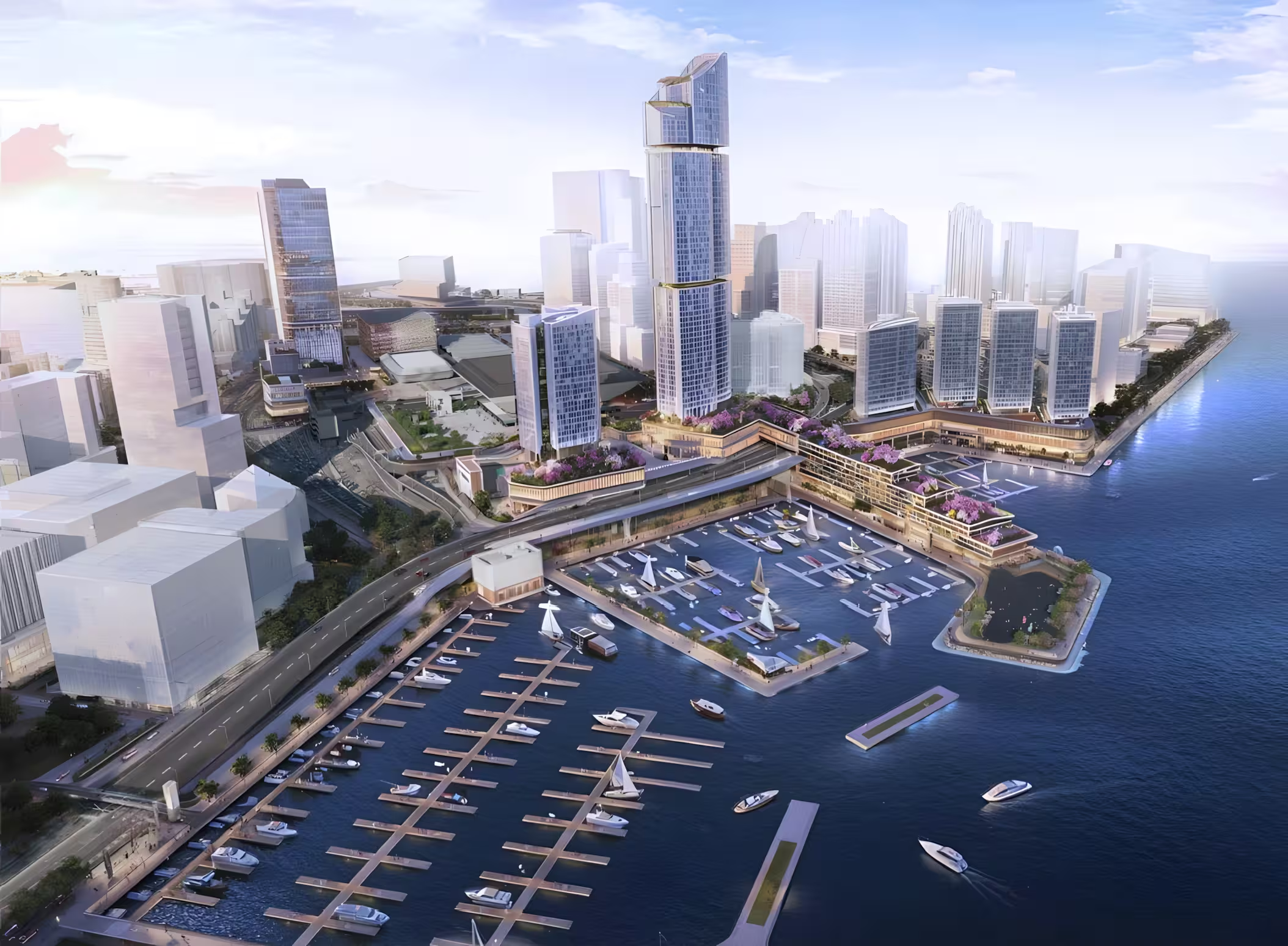
Is there a need for more marinas?
Despite the emphasis on new development, a walk through several of Hong Kong’s existing marinas reveals a notable number of empty berths. This has raised a natural question: is further marina construction justified if current berthing space appears underused?
Lawrence Chow addressed this point directly, noting that berth occupancy must be viewed through the lens of long-term market cycles. “This kind of situation emerged after COVID. During the pandemic, it was an exceptional period, but once people were able to travel again, many no longer felt the need to keep their boats,” he said. “We’ve seen this before. During the Asian financial crisis, the market dipped and the industry followed. That is what’s happening now.”
He stressed the importance of planning infrastructure well in advance. “It takes five to seven years to deliver a marina. If you wait until demand returns, it’s already too late. That is what happened after the last crisis. No development took place, and a decade later, everyone was asking why there weren’t enough berths and why so many boats were anchored in places like Kai Tak and Tseung Kwan O. The demand was there, but the infrastructure wasn’t.”
Wong echoed this view, stating that the industry overwhelmingly supports expanded capacity. He remarked that limited infrastructure, rather than demand, has constrained Hong Kong’s growth as a destination for visiting yachts. Once the ecosystem is in place, he argued, it will validate the current development strategy.
The future of Hong Kong’s yachting infrastructure
While there is clear potential to address Hong Kong’s marina infrastructure challenges, sustained government support remains essential. During the panel, the panellists noted encouraging signs that progress is being made. The government in Hong Kong appears increasingly receptive to industry feedback, with open dialogue taking place around the needs of the yachting sector. This responsiveness was viewed as a positive shift and a necessary step toward long-term development.
The discussion also highlighted growing recognition among policymakers of the broader value of Hong Kong’s natural marine environment. With its outlying islands, the UNESCO Global Geopark on the eastern coast, abundant fishing grounds, and year-round recreational opportunities, the city is well-positioned to support a thriving blue economy.
While Hong Kong faces real challenges in modernising its marina infrastructure and keeping pace with regional competition, the current wave of development proposals marks a decisive step forward. Projects such as Skytopia Marina, Hung Hom Waterfront Marina, the Aberdeen Typhoon Shelter Expansion, and the Lamma Island Quarry Marina reflect a renewed commitment to reinvesting in the waterfront and repositioning the city as a superyacht destination.
This article was originally published in issue 149 of Marina World magazine. Click here to read the online version.



